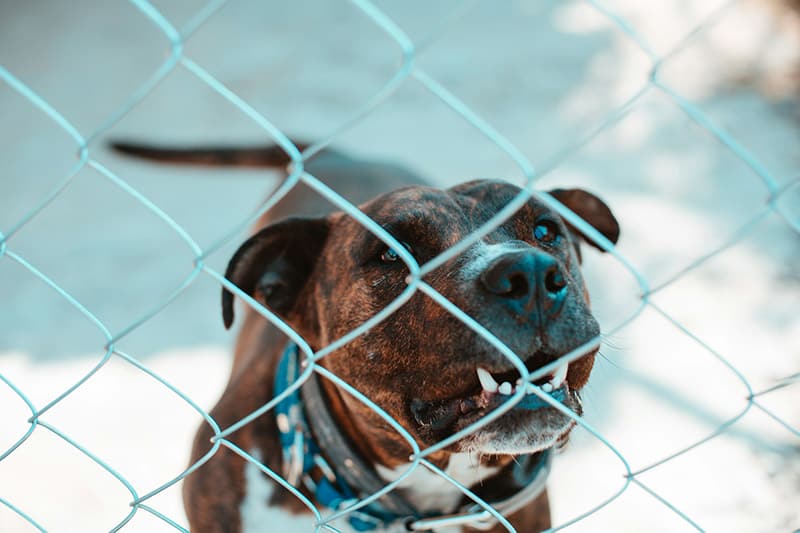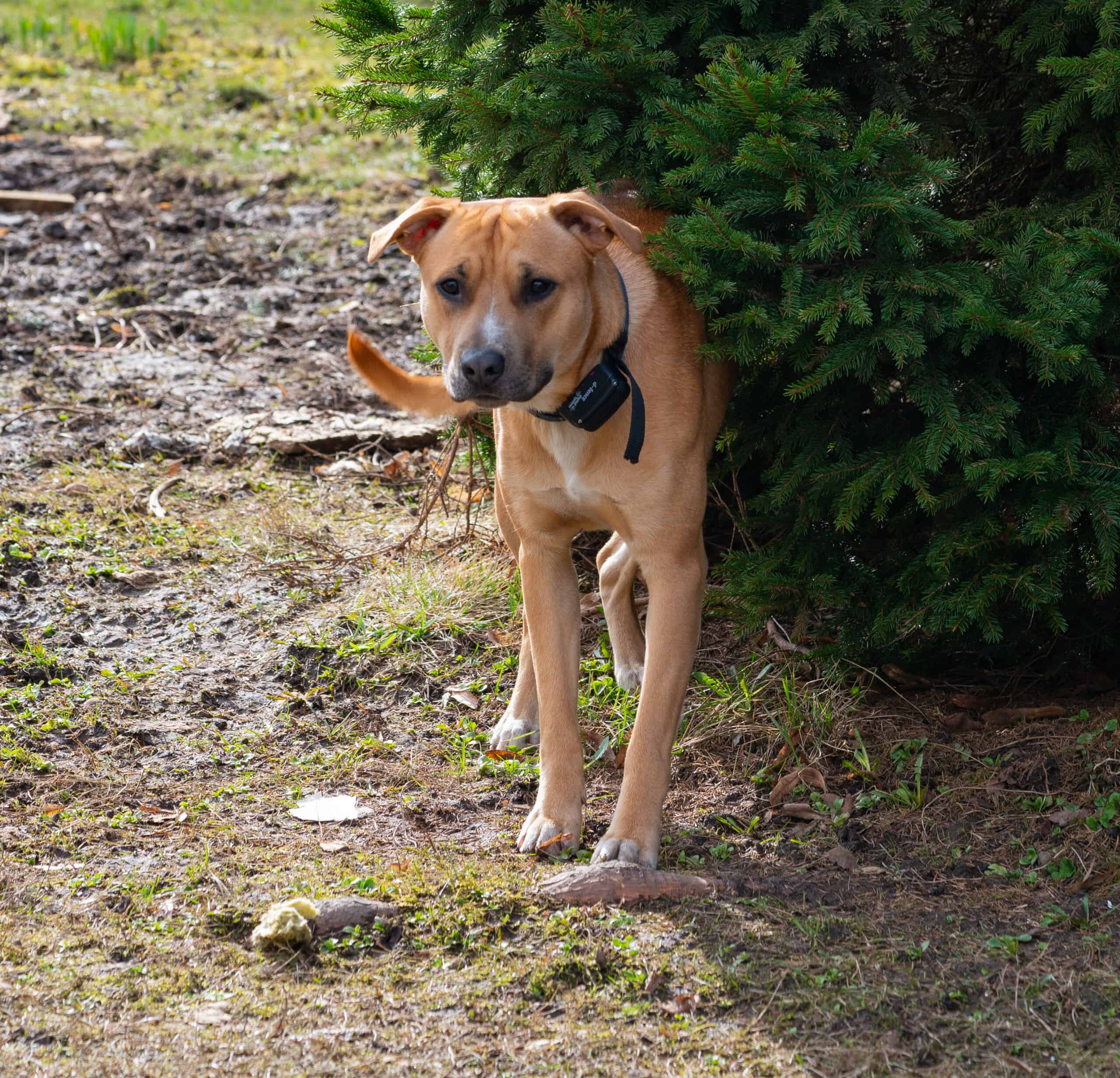Guest Post by Drew Kobb
Is your dog feeling trapped inside because he or she isn’t allowed outside? Or maybe your canine feels a little too free, jumping fences with no regard to boundaries or rules. There is a solution for both situations. Choosing the right fence for your dog is almost a science—you must take into account the dog’s size, temperament, needs, and your own desires and abilities. Here are some common options that you might want to consider to contain your canine.
Kennels

A kennel is a great option for smaller, mostly indoor dogs that need a little more fresh air. It is a safe, contained outdoor area for your dog. The size of the kennel will greatly depend on the size and number of dogs you own. It can be portable (like wire or metal cage), or it can be a permanent run (a gated enclosure set over a concrete slab or run area). Outdoor kennels are especially helpful if it is directly connected to an entry to the house, such as a doggie door.
Traditional Fences

Either a property fence or a smaller fence to block off a certain area of your yard are popular and traditional choices for dog owners. Many dog owners are mostly concerned about dogs leaving the property, so a boundary fence is usually sufficient. These traditional fences are available in many different materials: chain link, wood, wire, or a combination of materials.
However, some people don’t like this option because of the visual aspect—fences can block views, or simply lack visual aesthetic. There can also be problems with dogs digging under the fence to get out, but some Calgary fencing companies just suggest burying a few feet of chicken wire underneath the fence to create a barrier. Other downsides could include problems with dogs jumping over the fence, and the fences need upkeep to make sure there are no escape routes.
In-Ground Fences

In-ground fences are a great option for those who don’t want to build a fence on their property, for financial or aesthetic reasons. To install, you simply bury the transmitting wires a few inches
underground where you want the boundary to be. This is a really good option for abnormally shaped yards or for homes with pools because it easily follows curves and is very customizable. You can even use this system to prevent fence digging and jumping—simply attach the wire to an existing fence.
The system includes a radio transmitter, with a receiver on the dog collar. A warning tone sounds when the dog is getting close to boundary, a static correction is transmitted if the boundary is
reached. Many people are concerned with the humaneness of the static collar, but it is similar to a static shock a human might receive on a dry, static day when touching a doorknob.
Wireless Fences

Wireless fences are similar to the in-ground fences, except for… you guessed it, no wire to install! Wireless fences are great for smaller yards or areas. The fence is set up with a wireless transmitter that creates a circular boundary around itself. It is very easy to install and adjust the area when needed. You can even take it with you when you travel, go camping, or spend a day
on the lake! As long as you have access to an AC outlet, you can set up your circular boundary.
These fences can be customized even more if you choose the system with programmable flags. The flags allow you to create a non-circular boundary, so you can tailor it to your yard area. The downside is that you have to keep a bunch of little flags all around your yard to keep the fence in place.
All of these options can help keep your furry friend safer. Choosing the right fence means the difference between anxiety every time a car passes your home, and comfort in having a pet that knows its safe boundaries. Sometimes, set boundaries can be a good thing.
Drew Kobb, in addition to studying civil law, loves long distance running with his dog and considers himself a health and fitness enthusiast. His interests range all over the medical field, and Drew highlights that range on his blog, Dr. Ouch. He also urges you to check out Calgary Fencing for your dog!
Featured Image Credit: Aaron Bookout, Unsplash
